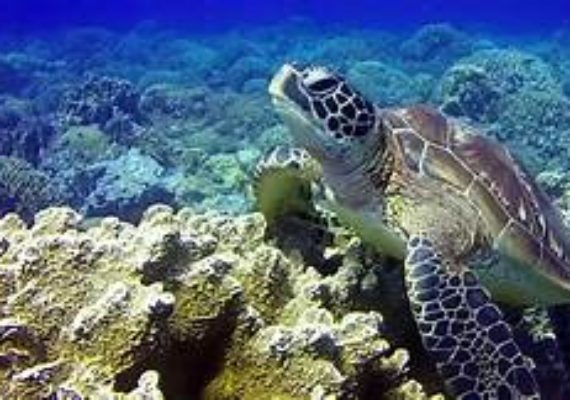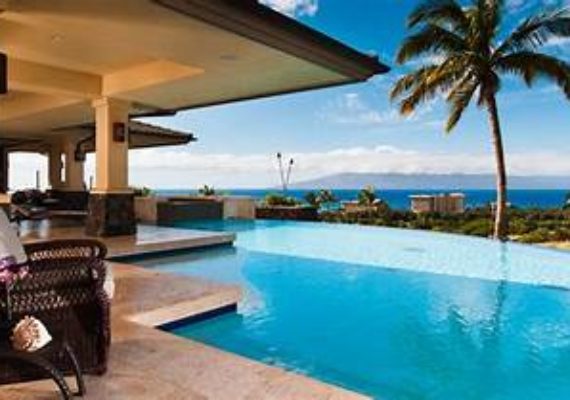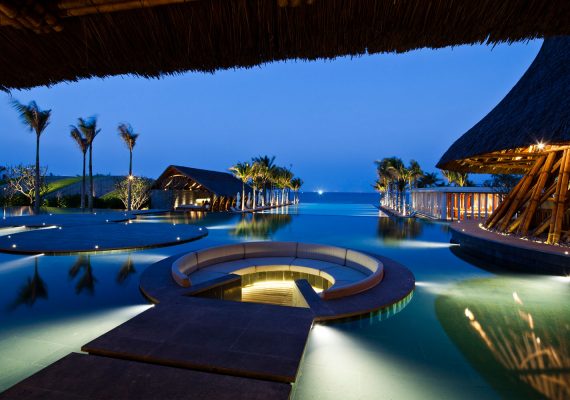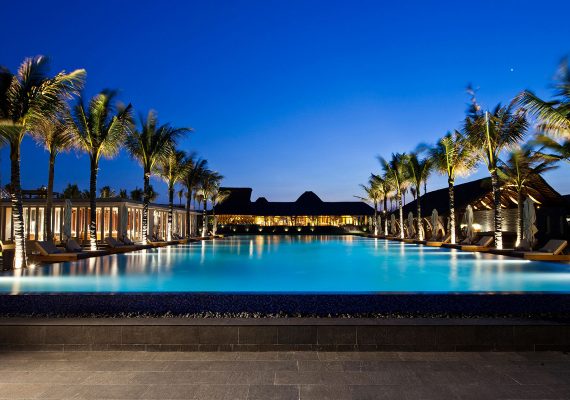Cost of Living:
- The highest cost areas are located within the city of Manila and some of the “white sand” beach resorts areas like Boracay and Palawan Islands. However, it is generally very inexpensive to live in the Philippines. The overall cost of living is substantially cheaper than in United States, Europe and the Caribbean Islands. Most American/European residents can comfortably live on $1,200 to $1,800/month which includes quality housing, food, maid service and moderate entertainment expenses.
Travel:
-
- Is there an Airport in Dumaguete?
Yes. There are 4 daily flights To & From Manila everyday (morning & afternoon schedules). Total Flight duration from Manila to most Island destinations are usually 1 to 1-1/4 hours. There are two major airlines operating within the Philippines, Cebu-Pacific & Air-Philippines. There are also private plane tours and flying lessons available from most airports.
- Is there an Airport in Dumaguete?
- I want to visit some Islands, how do I go?
The easiest and cheapest way to travel to the surrounding Islands is by Commercial Boat (Prices range from $1.00 to $3.00/boat trip). There are many Piers that offer hourly trips to most of the surrounding Islands and popular travel destinations. Piers for passenger/commercial travel are located in most coastal towns in the Philippines.
Climate:
-
- What is the Climate like in the Philippines?
Very Similar to that in Florida. The Philippines has a tropical climate with an average yearly temperature is around 26.5°C (79.7°F). The afternoon temperatures are very comfortable to most Foreigner residents, especially at the beach and the mountain homes where the temperatures are usually much cooler.
- What is the Climate like in the Philippines?
- What is the risk of a Typhoon or Hurricane Most Coastal towns in the Philippines that are “Island Protected” are not at risk from typhoons/hurricanes?
Dumaguete in particular is surrounded by some large islands and this protects the coastal and town areas.
Geography:
- Is the Philippines similar to Florida?
The Philippine Archipelago is comprised of over 7000 Islands. For the most part the Philippines resembles the South American lands of Costa Rica. The coastline is typically surrounded by steep, tropical mountains which are Volcanic in origin. The Philippine rain forests boasts more than 500 species of birds and 8,500 species of flowering plants. The physical isolation of many of the islands claims many unique species of fauna and flora within the archipelago.
Scuba Diving:
- Is there many Scuba Diving locations?
The Philippine Archipelago is comprised of over 7000 Islands and is considered the most biologically diverse place on the planet for species of marine fish and corals. The diversity of marine life here makes the Philippines a great Scuba diving location for residents and tourists alike. There are more species of corals in one small island in the Philippines than there are in all the Caribbean and Atlantic combined. Scuba and snorkeling guides are located on most of the islands and usually affordably priced.
Medical/Dental:
-
- What is the cost and quality of Medical care?
One of the great advantages of living in the Philippines is low cost of living which includes Medical and Dental Care.
Medical and Dental Costs in the Philippines are approximately 15 to 25% to that of the United States and Europe.
*There are many American trained Surgeons and Doctors practicing in the Philippines and many high-tech hospitals in the large cities of Manila and Cebu.
- What is the cost and quality of Medical care?
- What is the cost of basic Dental care?
Dental care in the Philippines is very inexpensive and usually very high quality. A typical teeth cleaning appointment would cost $10.00 while a “Ceramic” filling cost about $10 per tooth.
Culture:
- Is the Philippines a Muslim Country?
No, over 80% of the population is Roman Catholic and 5% Muslim.
- What is the Culture of the Philippines?
Basically the Philippines is a Malaysian Country with a strong Spanish Heritage and American influence.
The History of the Philippines is that of Spanish Colonization until the year of 1898 when the United States gained control of the Philippines as a result of the Spanish-American war. During World War II the Philippines was occupied by the Japanese until liberated by Filipino and American Forces. The Philippines gained Independence in 1946 after World War II.
Disclaimer: This document is prepared by Stars & Stripes Realty Corporation’s Registered Attorneys and All content is either Trademark and/or Copyright protected. The content herein is presented by Stars & Stripes Realty Corporation as a general guildline however ALWAYS be advised by a qualified attorney before purchasing and/or leasing any property in the Philippines. Stars & Stripes Realty Corporation may not be held liable for any of the content herein and the use of said content may only be granted with written permission of Stars & Stripes Realty Corporation.












